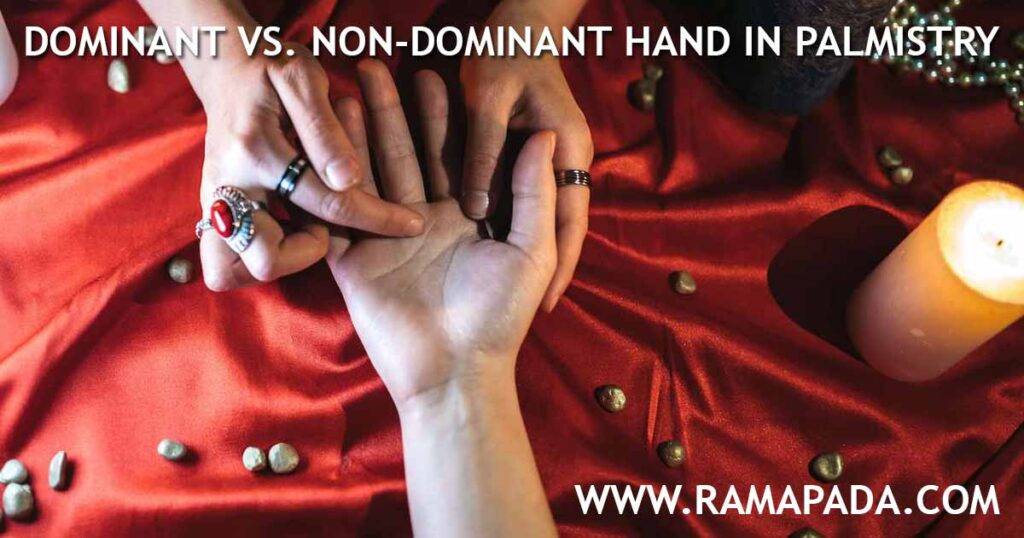Palmistry, the ancient art of reading palms, offers profound insights into personality, destiny, and life choices. One of its foundational principles is the distinction between the Dominant vs. Non-Dominant Hand in palmistry—each revealing different layers of a person’s journey.
What Do the Hands Represent?
| Hand Type | Symbolism & Meaning |
| Dominant Hand | Reflects your present life, conscious choices, and how you shape your destiny. |
| Non-Dominant Hand | Reveals your inborn traits, subconscious tendencies, and karmic influences. |
- For right-handed individuals: Right hand = dominant; left hand = non-dominant.
- For left-handed individuals: Left hand = dominant; right hand = non-dominant.
Why Both Hands Matter
Palmists compare both hands to understand the evolution of character and life path:
- Non-Dominant Hand: Shows what you were born with—natural talents, emotional depth, and inherited karma.
- Dominant Hand: Displays how you’ve used those gifts—your decisions, growth, and current trajectory.
Example: A strong head line on the non-dominant hand but a broken one on the dominant hand may suggest intellectual potential that hasn’t been fully realised due to life circumstances.
Key Lines and Their Dual Interpretations
| Line | Non-Dominant Hand (Potential) | Dominant Hand (Actualization) |
| Heart Line | Emotional depth, inherited sensitivity | Current emotional state, relationship patterns |
| Head Line | Natural intellect, subconscious thought patterns | Decision-making style, mental clarity |
| Life Line | Vitality and inherited health tendencies | Lifestyle choices, physical resilience |
| Fate Line | Karmic influences, latent ambitions | Career path, external influences, life direction |
Cultural Perspectives
- Indian Palmistry: Often reads the left hand for women and the right hand for men, emphasising karma and dharma.
- Western Palmistry : Focuses on Dominant vs. Non-Dominant Hand in Palmistry regardless of gender, highlighting personal growth.
- Chinese Palmistry: Links the left hand to family luck and the right hand to personal achievements.
Ambidextrous Individuals
For those who use both hands equally, palmists may:
- Ask which hand feels more natural for writing.
- Compare both hands closely to detect subtle differences.
- Focus on the hand that shows more dynamic changes over time.
“Dominant vs. Non-Dominant Hand in Palmistry” unveils how each hand reflects personal growth, destiny, and karmic roots through key palm lines said by the best Palmist in India.

